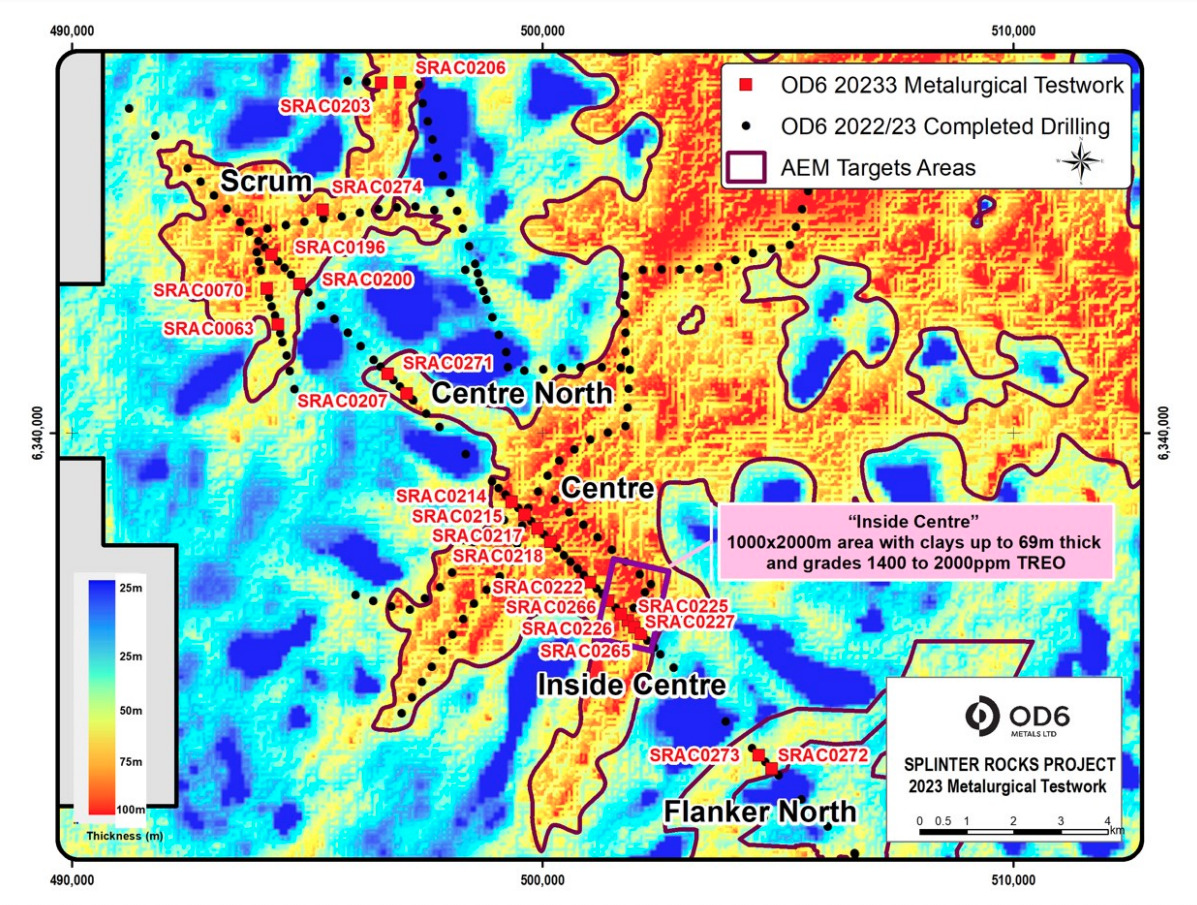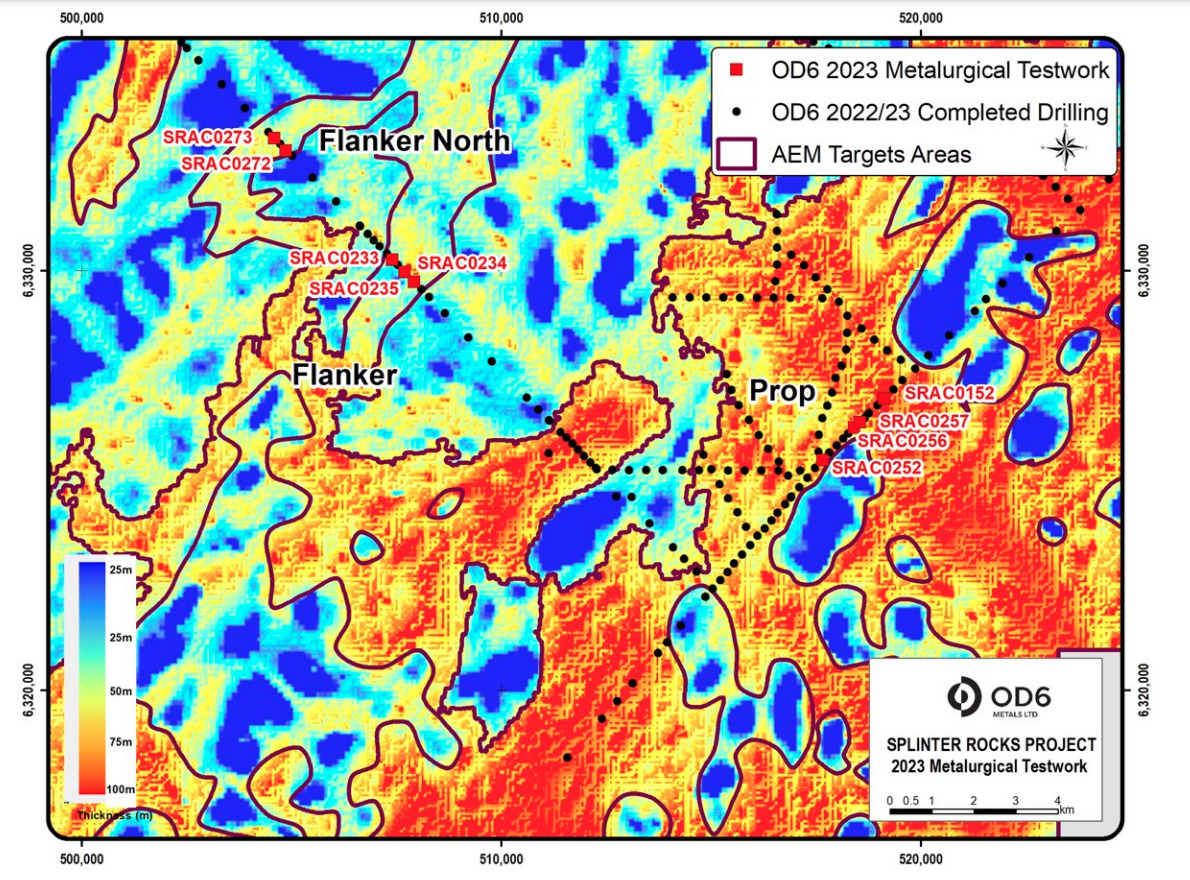OD6 Metals recovers up to 90% of magnet REEs across multiple prospects at Splinter Rock
Mining
Mining
Special Report: High metallurgical recoveries continue to be achieved at OD6 Metals’ Splinter Rock project in Western Australia following the latest round of testing by the Australian Nuclear Science Organisation (ANSTO).
OD6 Metals (ASX:OD6) is collaborating with the Australian Nuclear Science and Technology Organisation (ANSTO) and CSIRO on techniques to improve exploration and extraction of clay deposits at Splinter Rock, near Esperance in WA.
Splinter Rock covers some 4,828km2 of ground and is close to an existing port, sealed roads, and essential infrastructure.
Through ongoing collaboration with various agencies, the explorer has made substantial progress in comprehending basin composition, regolith characteristics, rare earth element (REE) mineralogy and metallurgical recovery potential.

So far, this metallurgical test work has resulted in positive rare earth element (REE) recoveries of up to 90% in around 60 samples from four large prospects including Prop, Centre, Scrum and Flanker.
Samples were chosen based on differing geographic locations, REE grades, colours, chemical compositions, AEM conductivity, proximity to granite, basin position (including paleo valley/channel positions) and inferred geological genesis.
According to OD6, samples averaged 62% magREE for all rare earth oxides inclusive of neodymium, praseodymium, dysprosium and terbium – providing the company with an enhanced understanding of specific areas that offer the best recovery.
This will also enable the prioritisation of the best clay basins for economic studies.

OD6 managing director Brett Hazelden says when combined with high grades, low stripping ratios, low acid consumption and substantial tonnages, the recoveries provide considerable confidence in the key economic drivers.
“The outstanding results from our metallurgical leaching studies continue to affirm the Splinter Rock project as Australia’s premier clay-hosted rare earth deposit,” he says.
“The Inside Centre area within the Centre prospect continues to shine, boasting dimensions of approximately 2km in length by 1km in width and thicknesses of up to 69m.
“Grades ranging between 1,400ppm to 2,200ppm TREO further underscore the project’s value proposition, complemented by leach recoveries averaging 64%.
“These metrics align closely with the essential value drivers we believe are crucial for the economic viability of clay-hosted rare earth projects.”
Of particular importance is the ‘remarkable’ performance across all four magnetic REEs, Hazelden says.
“This indicates a diversified resource base that is not reliant on just one or two elements – diversification is a key factor for ensuring the economic sustainability of the project and sets Splinter Rock apart as a highly promising venture in the rare earth sector,” he says.
OD6 now plans to incorporate the results into a resource estimate update.
A review of the leach performance is set to take place along with various other tests including an ion exchange assessment, nanofiltration evaluation, and mini pilot scale testing.
This article was developed in collaboration with OD6 Metals, a Stockhead advertiser at the time of publishing.
This article does not constitute financial product advice. You should consider obtaining independent advice before making any financial decisions.